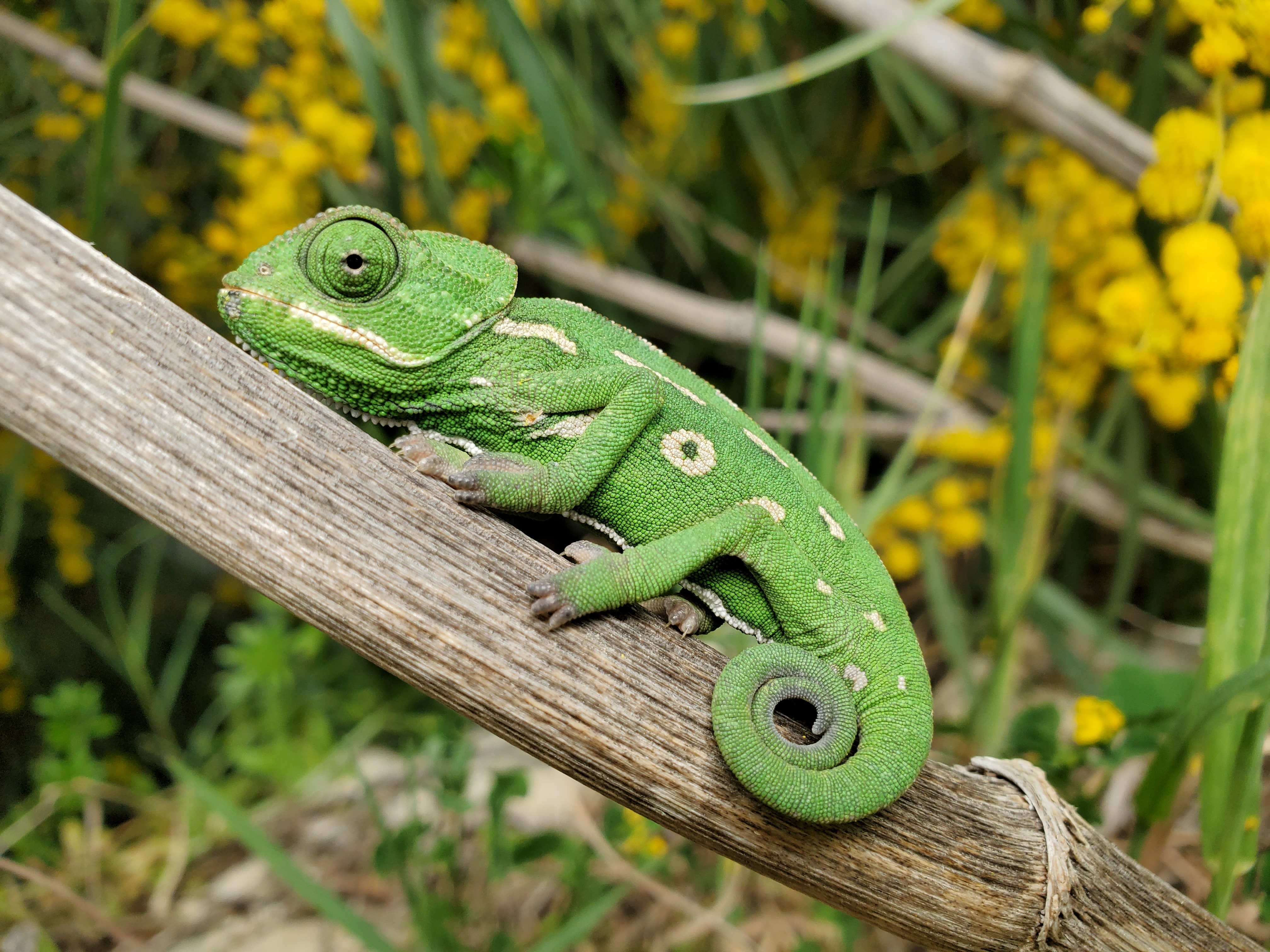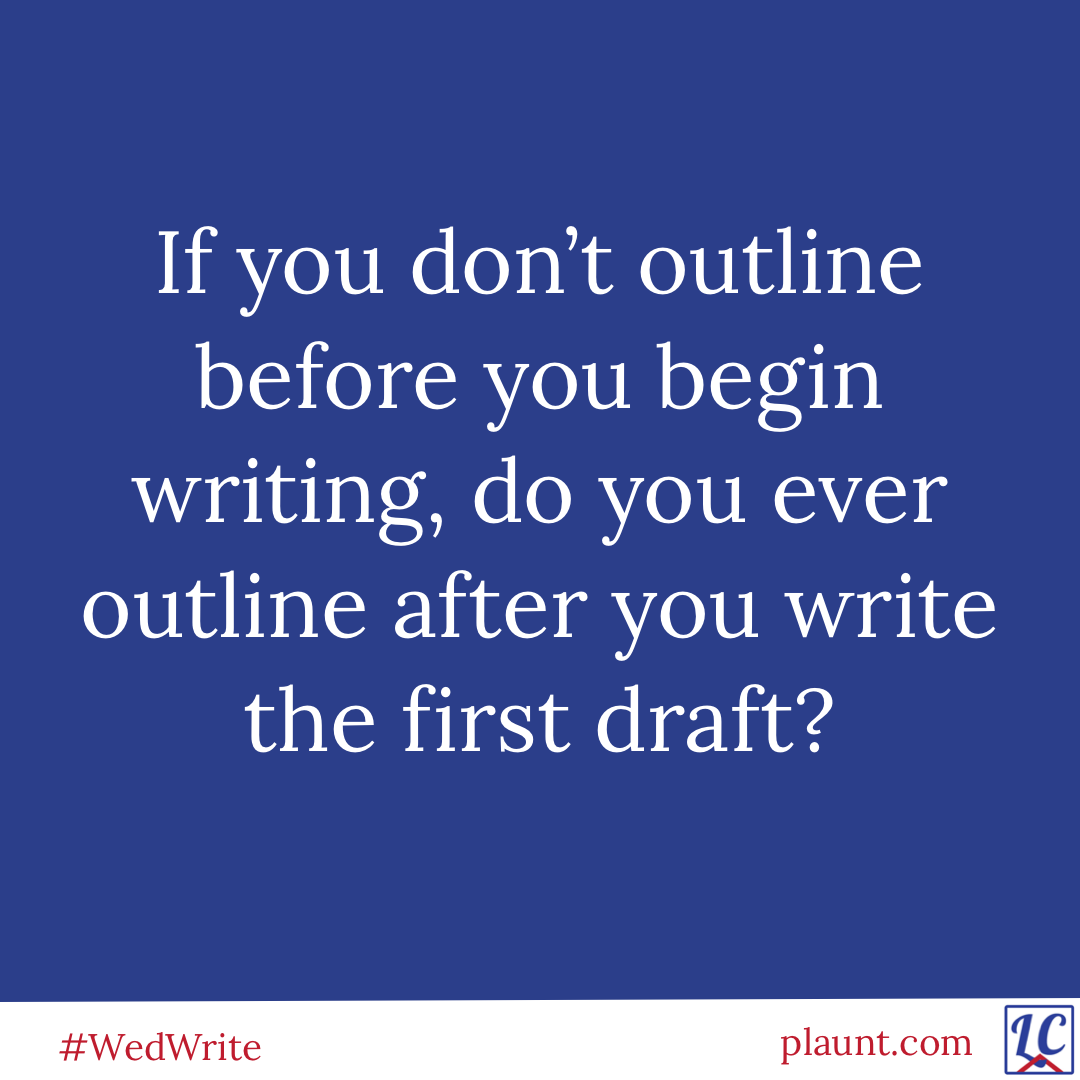
Wednesday Writing


Write a story with only two sentences. Use the photo for inspiration if you wish.
Photo by Chronis Yan on Unsplash.

The meaning of forward can change depending on the context and the part of speech, but a foreword is only one thing. Memory trick: A foreword is the WORD that comes beFORE.

If you enjoy a good romantic comedy, you really need to check out Emma St. Clair’s Love Cliché Series. It centres on five young women, their friendship, and their romantic journeys. The characters have depth; the situations have poignancy and humour. Sometimes they’re even a little wacky. But throughout, you will find excellent writing, great stories, and always an HEA.
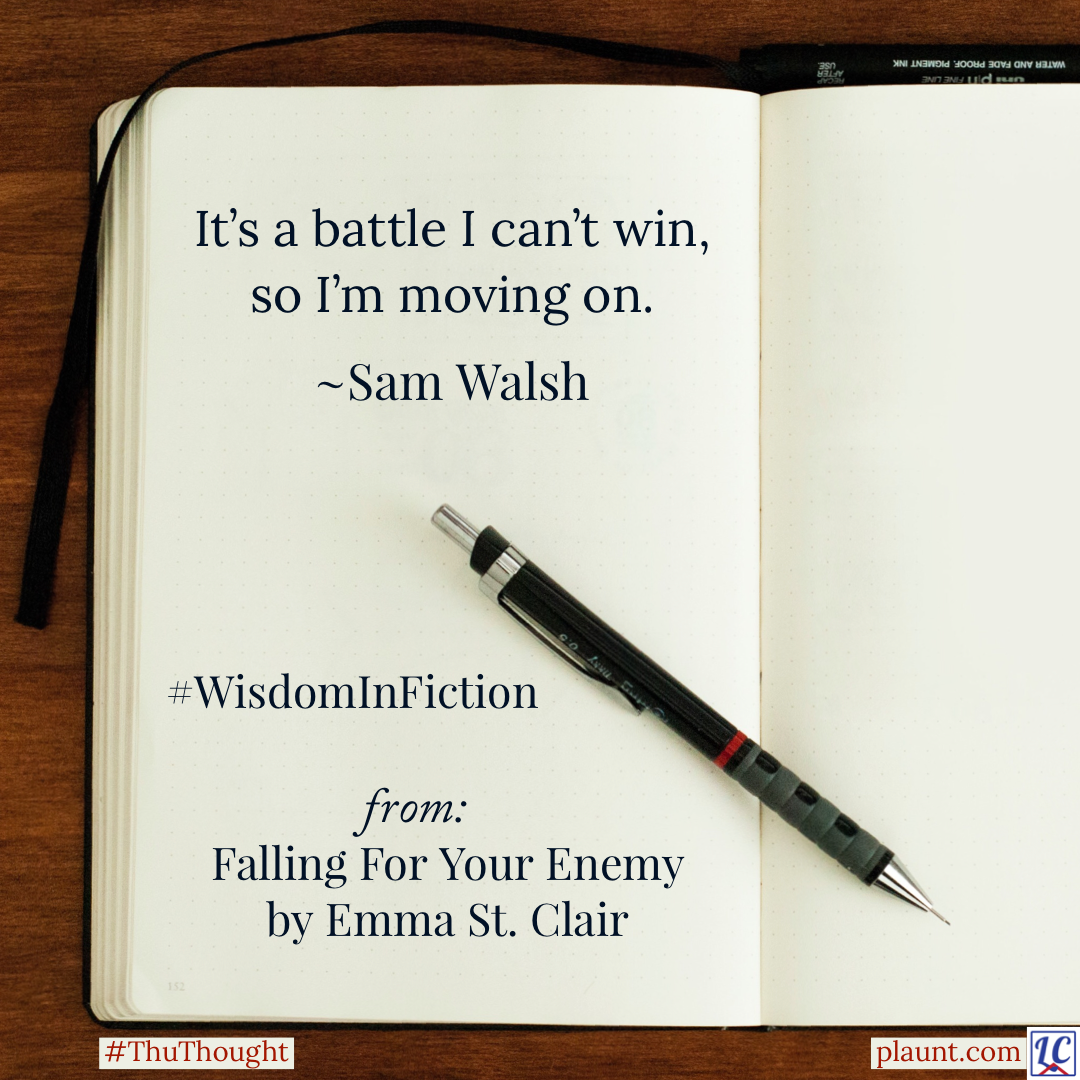
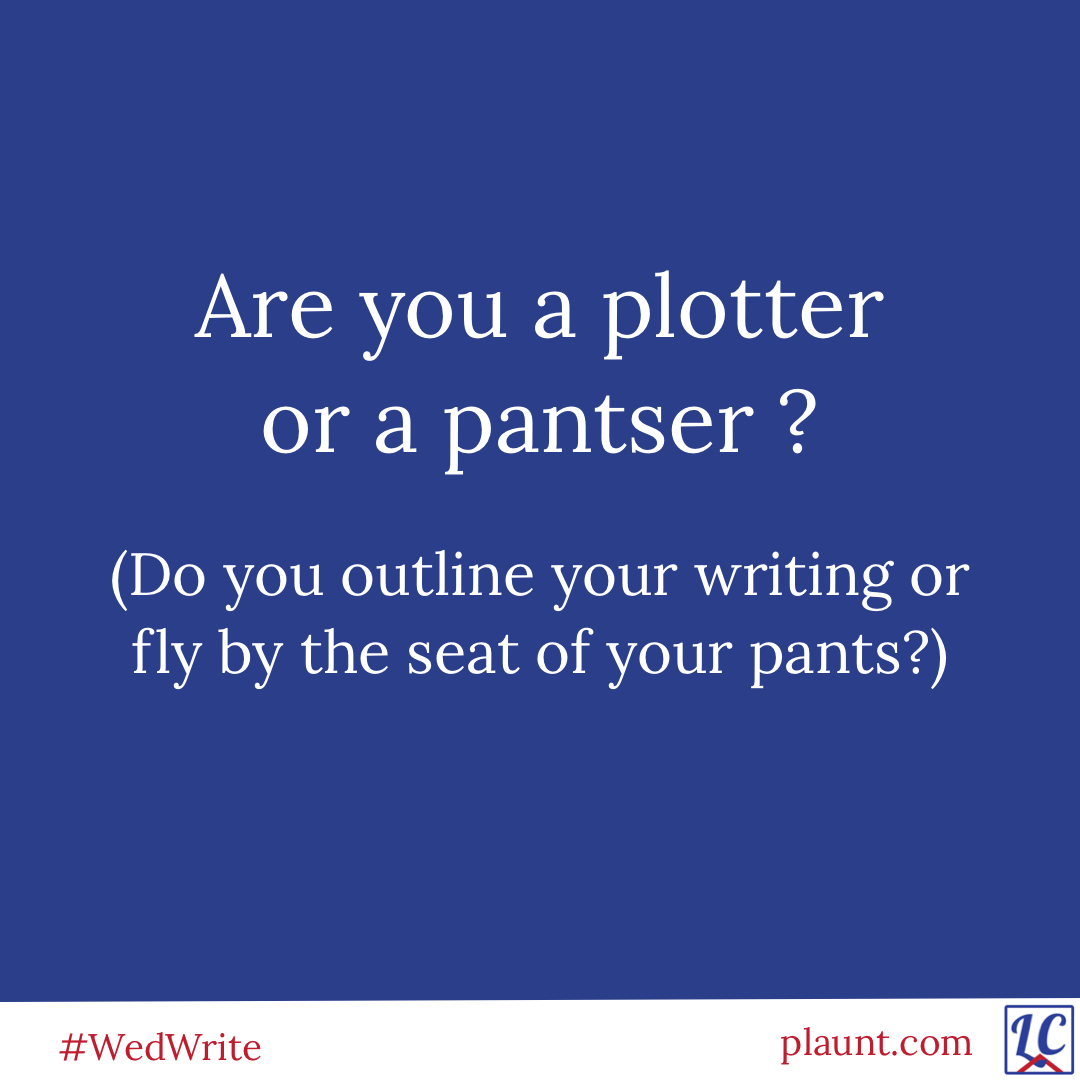
Write a story with only two sentences. Use the photo for inspiration if you wish.
Photo by Keenan Constance on Unsplash.

“When” should be used if you are referring to a specific time.
“Whenever” should be used if the time is less specific or repetitive.
“When ever” should only be written as two words if the meaning is “when, if ever”.
Example: When ever will you answer your email?
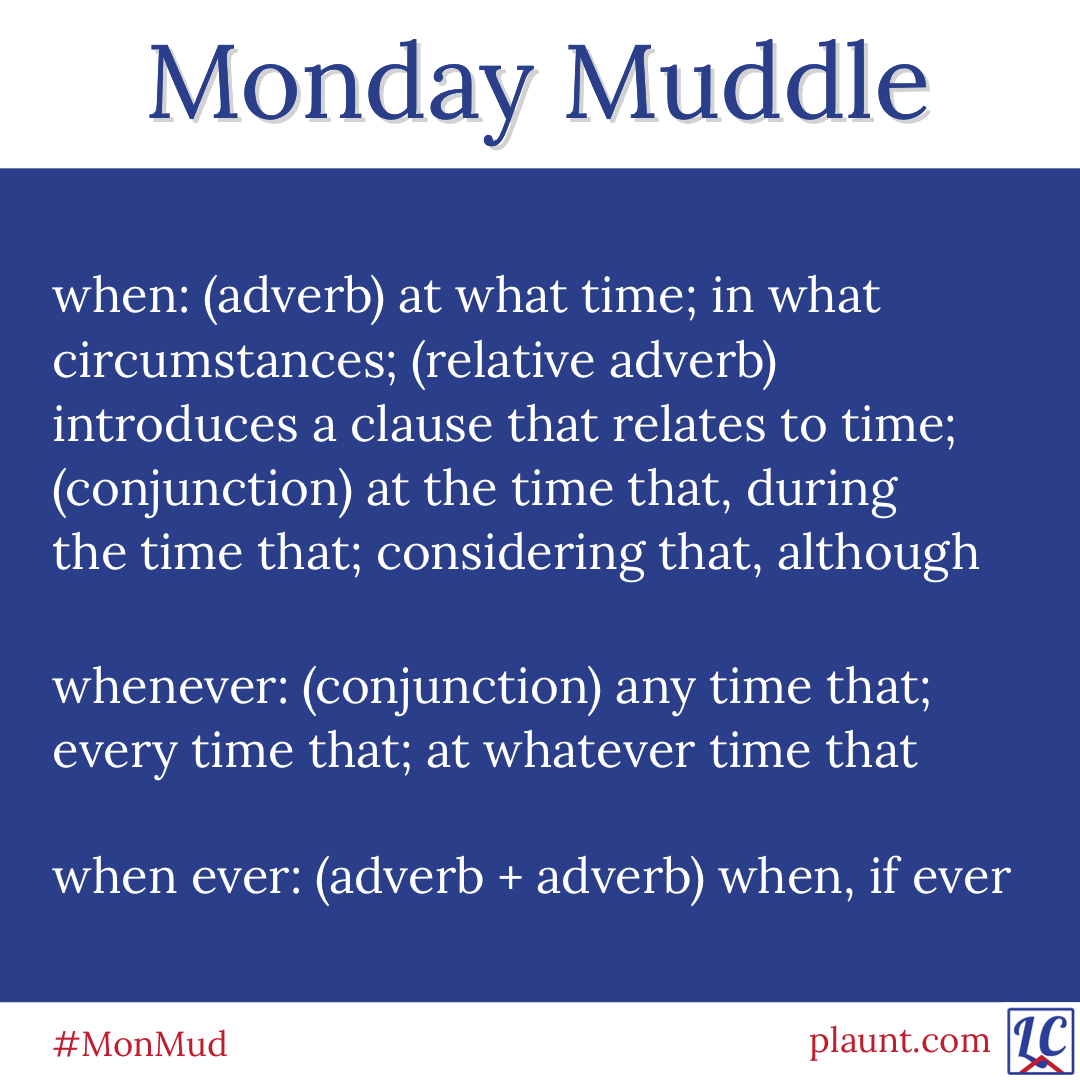

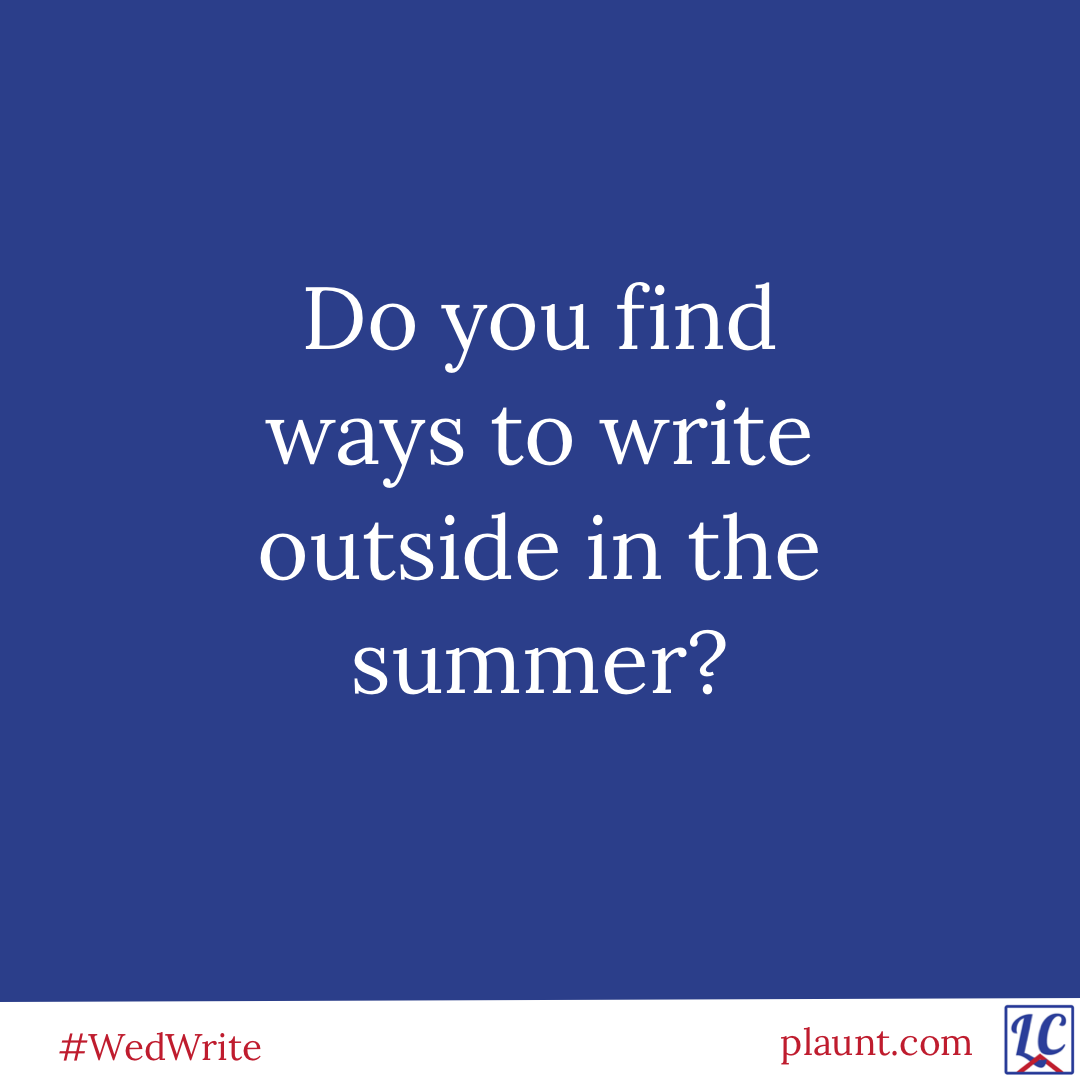
Write a story with only two sentences. Use the photo for inspiration if you wish.
Photo by Hamsik Ghazaryan Olson on Unsplash.
